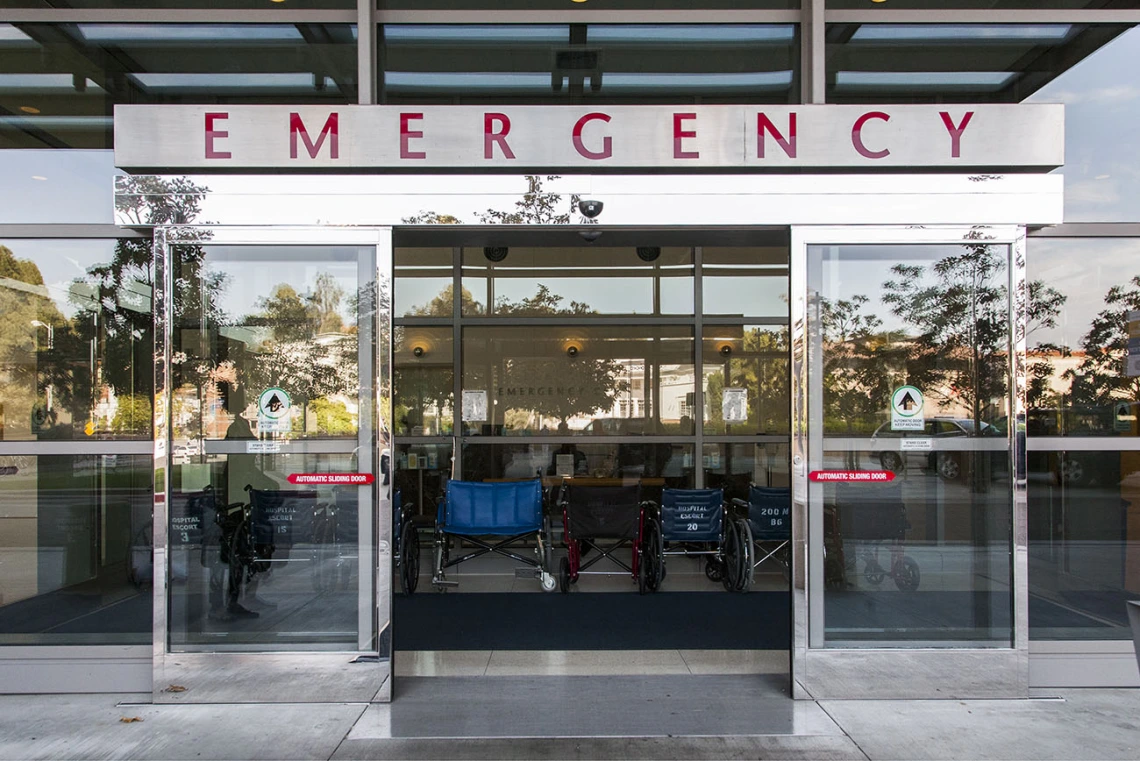People of color receive less suicide prevention care at emergency departments
A study found racial and ethnic differences in the suicide prevention care provided to patients with alcohol use disorder at U.S. emergency departments.

A study led by researchers in the College of Medicine – Tucson’s Department of Family and Community Medicine found that suicide prevention care administered at emergency departments varied by race or ethnicity among people with alcohol use disorder.
White people and people of color with alcohol use disorder generally have similar, elevated levels of suicide ideation, but people of color receive less suicide prevention care when visiting emergency departments, according to a new study by researchers in the University of Arizona College of Medicine – Tucson.
Alcohol use disorder, or AUD, is a top risk factor for suicide. The study, “Alcohol Use Disorder Visits and Suicide Ideation Diagnosis: Racial/Ethnic Differences at Emergency Departments,” was recently published by the American Journal of Preventive Medicine.
“Suicide rates among persons of color have risen in recent years, making it important to go upstream and examine the suicide prevention care they receive at emergency departments,” said lead author James Cunningham, PhD, professor in the Department of Family and Community Medicine at the UArizona College of Medicine – Tucson. “The findings should be a wake-up call, alerting administrators and policy makers to disparities in suicide-related care that need to be addressed.”
The researchers examined emergency department visits by people with AUD and found that about 9% of visits by white people received a suicide ideation diagnosis versus 7% of visits by Black people, 5% of visits by Latino people and 5% of visits by American Indian/Alaska Native people. When patients did get a suicide ideation diagnosis, about 50% were hospitalized, though that fell to 32% for American Indian/Alaska Native patients.
Researchers examined 33 million visits to approximately 1,000 emergency departments throughout the U.S. in 2019 and considered related variables such as patient insurance type, age, sex, income and medical comorbidities. Indian Health Service and Veterans Administration facilities were not included in the study.
“American Indians/Alaska Natives have the nation’s highest suicide rate. We didn’t expect them to also have the lowest level of hospitalization when diagnosed with AUD and suicide ideation,” said co-author Teshia Solomon, PhD, associate professor in the Department of Family and Community Medicine and director of the American Indian Research Center for Health.
The study noted that reasons for fewer suicide ideation diagnoses among people of color are probably complex and could include issues such as stereotyping, biases and lack of cultural familiarity on the part of health care providers. Also, some patients of color might be less likely to disclose suicidal thoughts due to language barriers, lack of trust in the medical system or varying views as to whether suicide ideation is a medical issue, for example. The study also noted that medical schools typically provide little training on how to best consider behavioral health issues among people from various racial and ethnic groups.
“We know that American Indians/Alaska Natives experiencing suicide ideation are at higher risk for a completed suicide. Implementing emergency department quality improvement solutions and ensuring inpatient or follow-up behavioral health care with tribal, urban or Indian Health Service can be a matter of life and death for these patients,” said co-author Jamie Ritchey, PhD, MPH, tribal epidemiology center director for the Inter Tribal Council of Arizona Inc., an Arizona nonprofit that provides its member tribes with a united voice and the means for united action on matters that affect them collectively or individually.
“Over the course of my career I’ve had the opportunity to work at hospitals and clinics that provide care to American Indians and Alaska Natives. I must say I was surprised by the findings – a real eye-opener that could change the way emergency departments provide care,” said co-author Barry Weiss, MD, professor in the Department of Family and Community Medicine.
Contact
Darci Slaten
Department of Family and Community Medicine
520-626-2859
darcis@email.arizona.edu

